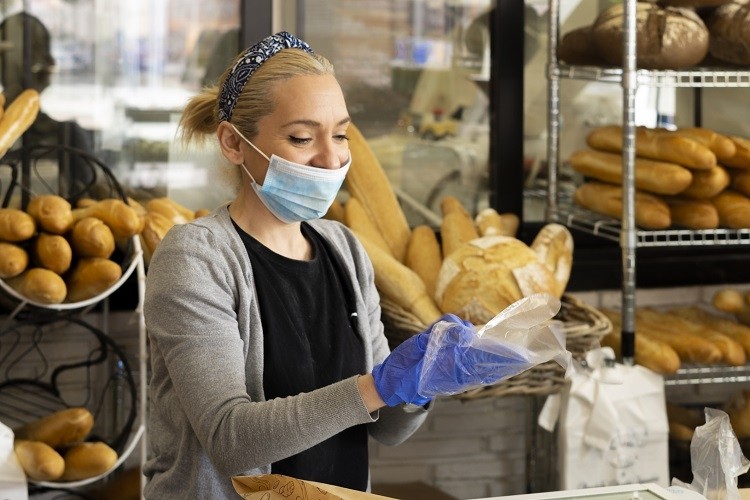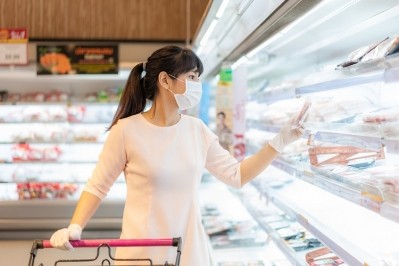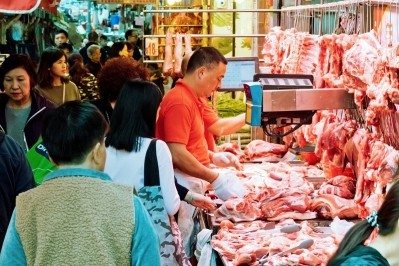Development of coronavirus detection tools in foods ‘essential’, argue researchers

To date, no tests have been developed for the detection of SARS-CoV-2 – the strain of coronavirus that causes COVID-19 – in foods. This is largely due to a lack of evidence supporting the transmission of coronavirus through food.
However, the virus may be transmitted between infected workers and cause disruptions in the food supply chain.
While the full impact of the coronavirus pandemic of food industries is not yet known, according to a group of international researchers, “the adverse effects on food systems and people along the food supply chain are already evident”.
In a commentary published this month in Trends in Food Science & Technology, the team argue the development of ‘accurate and fast’ detection tools for SARS-CoV-2 that can be applied to foods is ‘essential’, to both ensure food security moving forward, and prevent the disruption of food supply chains.
Food safety in hospitality
COVID-19 has significantly impacted food safety practices across the industry. This is largely due to its transmission routes: SARS-CoV-2 is easily spread from person to person via cough, sneeze, respiratory droplets, or exhale.
‘At-risk’ workers have been required to stay home and personal hygiene measures (such as washing hands) are being reinforced. So too are the use of disinfectants and social distancing protocols.
According to the team of researchers from Galanakis Laboratories in Greece, Kind Saud University in Saudi Arabia, and the ISEKI Food Association in Austria, most such precautions are ‘critically necessary’ at the last stages of the supply chain.
“This observation is generated by the fact that the more we move to the final stages of the food supply chain, the more people (potential sources of infection) are involved.
“Moreover, it is of the highest importance for the food sector to ensure that the food reaching consumers’ plate is safe and does not risk their health in any step of the process.”
As restaurants have pivoted into take-away or delivery services, regulators have been paying close attention. Both the European Food Safety Authority (EFSA) and the United States Food and Drug Administration (FDA) agree that there is no evidence that food is a likely route of transmission.
However, the researchers note, such agencies continue to gather information related to the potential persistence of the virus on foods.
Coronavirus and fresh products
This is also relevant for fresh food products, such as fruit and vegetables, or indeed food packaging. If an infected person sneezes or coughs on such items, it is possible for the virus to be transmitted ‘shortly afterward’ via the hands or the food itself to the mouth, throat, or eyes.
Concerning temperature resistance, similarly to SARS-CoV and MERS coronaviruses, SARS-CoV-2 is thought to be ‘highly stable’ at 4 °C and have ‘similar behaviour’ at freezing temperatures. This means that SARS-CoV-2 could remain infectious at −20 °C for a period of up to two years.
While transmission from frozen food may be possible, it is believed the novel coronavirus becomes inactive at normal cooking temperature of 70 °C or greater.
It has been suggested that hands should be washed or sanitised after the handling of packages and goods, to minimise the risk from touching food potentially exposed to the virus.
“Taps, door handles, refrigerator handles, and other areas of ‘high touch’ should be subject to frequent and effective cleaning. The personnel involved in the preparation of food should be encouraged to adopt standard hygiene practices used to control known foodborne viruses and bacteria,” note the researchers.
“These include handling carefully raw animal products to avoid cross-contamination with other foods, washing vegetables and fruit before eating, cooking eggs or meat thoroughly, and covering nose and mouth when sneezing or coughing, among others.”
Are these food safety measures sustainable?
Taking into account the ‘status quo’ of food safety during the pandemic, and in the impending post-lockdown period, the researchers argue the need for developing accurate and fast tools to detect SARS-CoV-2 in food is emerging.
While acknowledging that at this time, the possibility of COVID-19 transmission through the food sector is considered negligible, the authors believe public health surveillance will increasingly depend on the development of bioanalytical tools.
“This approach may not only concern screening of populations, but also monitoring of foods, surfaces, and surrounding environments.”
Source: Trends in Food Science & Technology
‘Safety of foods, food supply chain and environment within the COVID-19 pandemic’
Published online 15 June 2020
DOI: https://doi.org/10.1016/j.tifs.2020.06.008
Authors: Myrto Rizou, Ioannis M. Galanakis, Turki M.S. Aldawoud, Charis M. Galanakis























